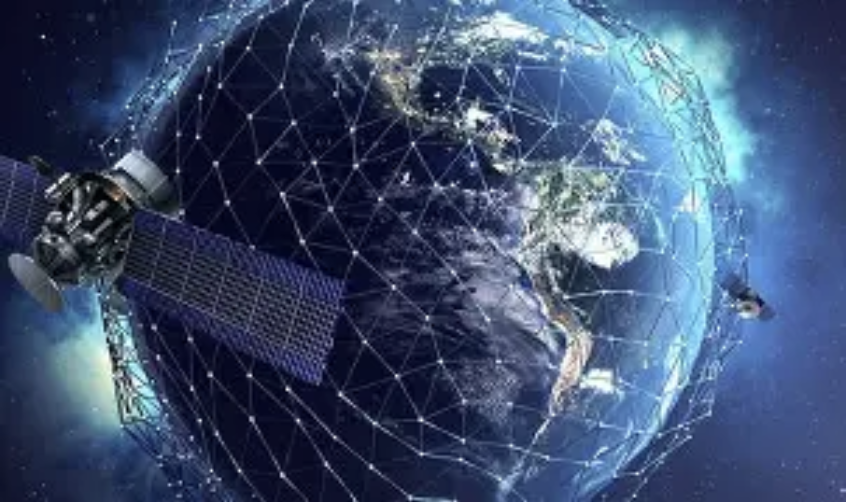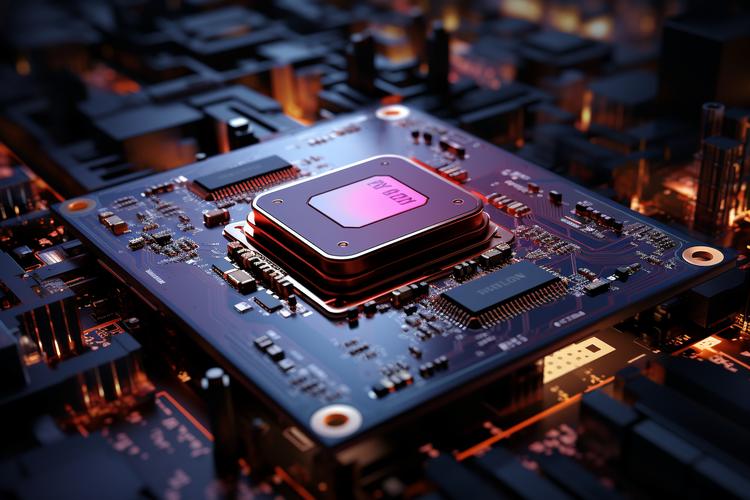
In the microgravity environment of low Earth orbit, scientists are utilizing advanced biotechnology to construct specialized human tissue models. These three-dimensional biological structures break through traditional experimental limitations, providing new perspectives for uncovering the mechanisms of diseases and the mysteries of aging.
Microgravity Accelerates Life Research
The unique physical properties of the space environment are paving new pathways for some life sciences researches. An international research team successfully cultivated three-dimensional models with neural tissue characteristics by sending stem cells to the orbital station. The microgravity conditions significantly accelerate the aging process of cells, allowing researchers to observe degenerative changes that would take decades to manifest in Earth’s environment within a shorter timeframe. This time-compression effect offers a critical breakthrough for studying chronic diseases like Alzheimer’s.
New Insights into Tumor Evolution Mechanisms
Research on malignant tumors has yielded unexpected findings. Experiments indicate that the space environment may activate specific gene expressions, prompting cancer cells to exhibit abnormal proliferation characteristics. Scientists observed rapid activation of cancer-related genes by constructing miniature tumor models. Notably, specific inhibitors demonstrated unique intervention effects under microgravity conditions, providing new avenues for cancer drug development.
Interdisciplinary Technology Integration
The combination of organoid technology and biochips has given rise to an innovative research paradigm. In studies examining the impact of the space environment on kidney function, this miniaturized platform successfully captured subtle changes in tissue functionality, providing a scientific basis for developing health protection strategies for some astronauts.

Technical Challenges and Breakthroughs
Space experiments face multiple technical bottlenecks. The limited equipment conditions of the orbital station necessitate highly concentrated experimental designs, and the sample return process must contend with harsh re-entry environments. However, scientists have managed to maintain the viability of organoids during their journey between Earth and space by optimizing culture protocols and transportation systems. This technological accumulation lays the foundation for future life sciences research in deep space exploration.
Prospects for Application
This technology holds dual application value. In the field of terrestrial medicine, accelerating the establishment of disease models can significantly shorten drug development cycles; in the realm of aerospace medicine, research findings contribute to the development of specific protective strategies for astronauts. It is reported that intervention strategies discovered through space experiments are about to enter the clinical validation stage, marking the transition of Earth-space collaborative research into a phase of result translation.

This space life sciences experiment not only revolutionizes disease research methodologies but also pioneers a cross-scale research paradigm of human-machine collaboration. When some three-dimensional biological models meet orbital laboratories, humanity gains the ability to decode the code of life on a cosmic scale, opening new dimensions to tackle health challenges. In summary, conducting research on biological organs in space may be a key development path in the future. The space environment is valuable and rare for human scientific research. In addition, the development and progress of space technology have also contributed to the rapid evolution of biotechnology.




